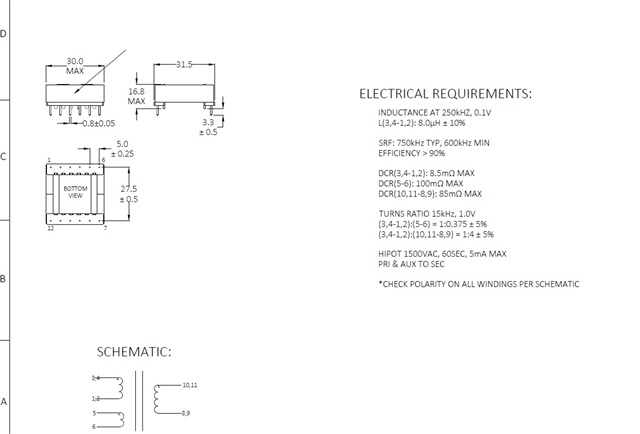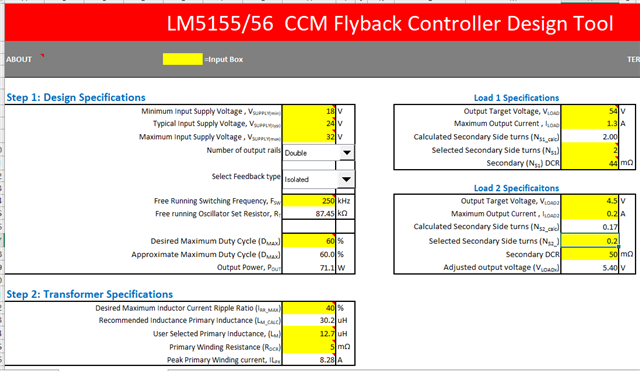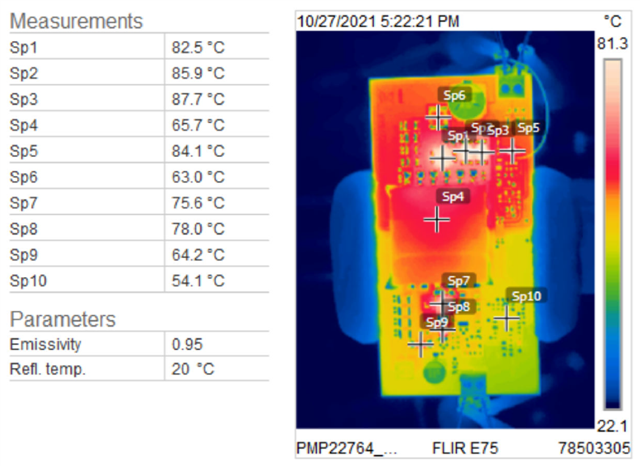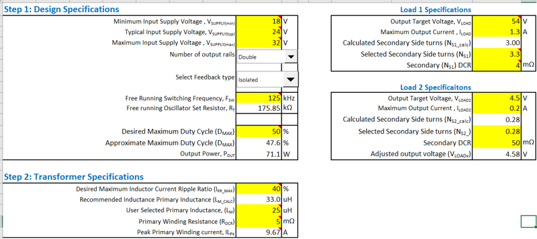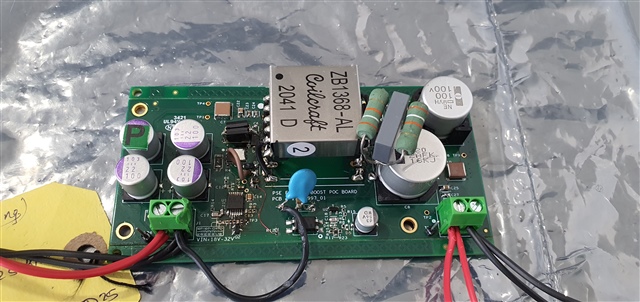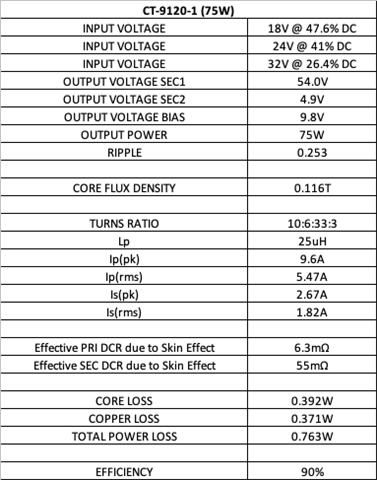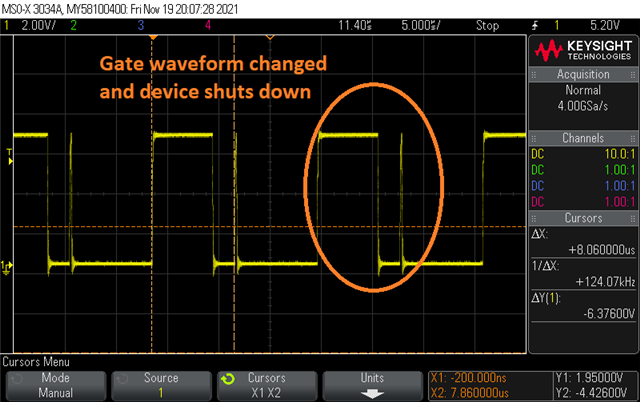Other Parts Discussed in Thread: LM51561H, , LM5155, LM51551
Hi...
One of my customer is want the PSE solution for 54V/1.25A output. We have recommended LM51561H initially & designed the isolated power supply. We are able to achieve 91 % efficiency but transformer is heating too much & it crosses 100 Deg. C.
We have also taken the ref. of PMP22764, this design is very close to my customer requirement & as per test report it is showing temperature rise close 70 Deg. C which is not matching to our observations.
Circuit on PMP22764 & Einfochips are almost similar designs. We have already implemented secondary diode clamp circuit on board which may is not shown schematic.
As I mentioned electrical evaluation is not an issue but thermal is major challenge. We also see that transformer size (Core ) we have selected is larger than the transformer from ref. design.
What could be the reason for too much heating for transformer? Other components are not hearting that much like snubber, MOSFET, output diode or clamp circuitry.

Mitesh


